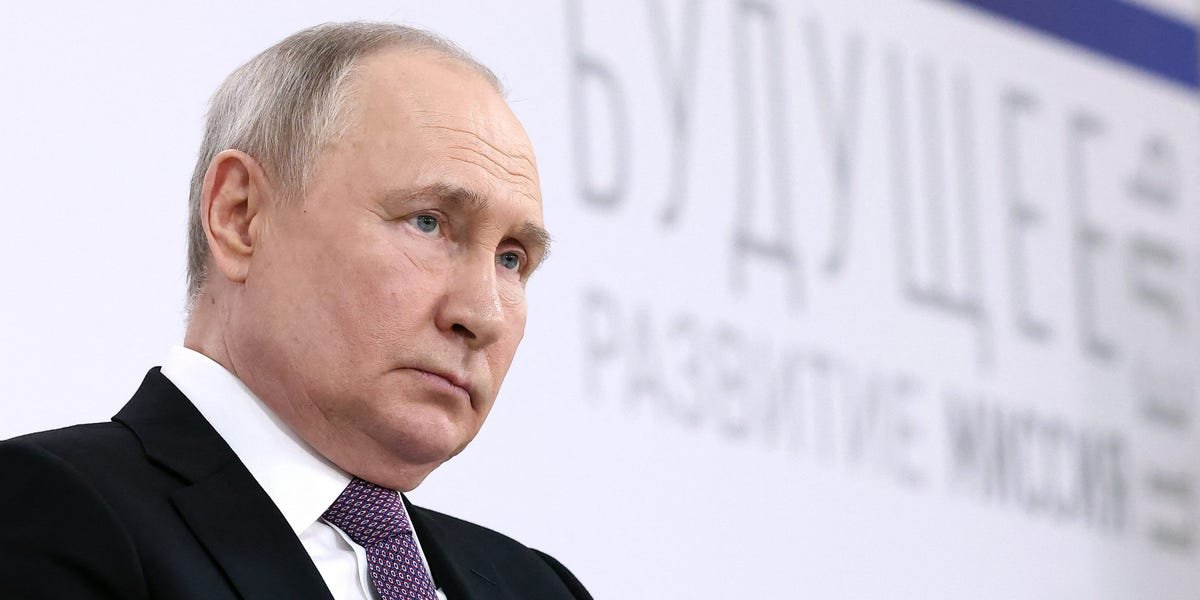For Zheng Bo, August was the tipping point.
In anticipation of an interest-rate cut from the US Federal Reserve, Zheng – founder of Livall, a Shenzhen-based producer of smart bicycles and helmets – began converting his US dollar-denominated assets into yuan.
Up to then, exporters like Zheng had been hoarding their US dollar holdings to reap higher returns – sometimes as much as 5 per cent annually – compared to yuan deposits with typically lower yields.
But some exporters expressed concerns over the impact a sustained appreciation of the currency would have on profits, as Chinese exports could become more costly and less competitive when weighed against goods from other countries.
“This [the appreciation of yuan] is not good for us, since the domestic economy is still in overcapacity,” Zheng said. “It will be difficult to grow export orders next year for most industries.”
Last Wednesday, the US central bank lowered the federal funds rate to between 4.75 and 5 per cent. In an unexpected response, China left its benchmark lending rates unchanged on Friday, holding the one-year loan prime rate (LPR) at 3.35 per cent and the five-year LPR at 3.85 per cent – both of which bolstered the yuan.







